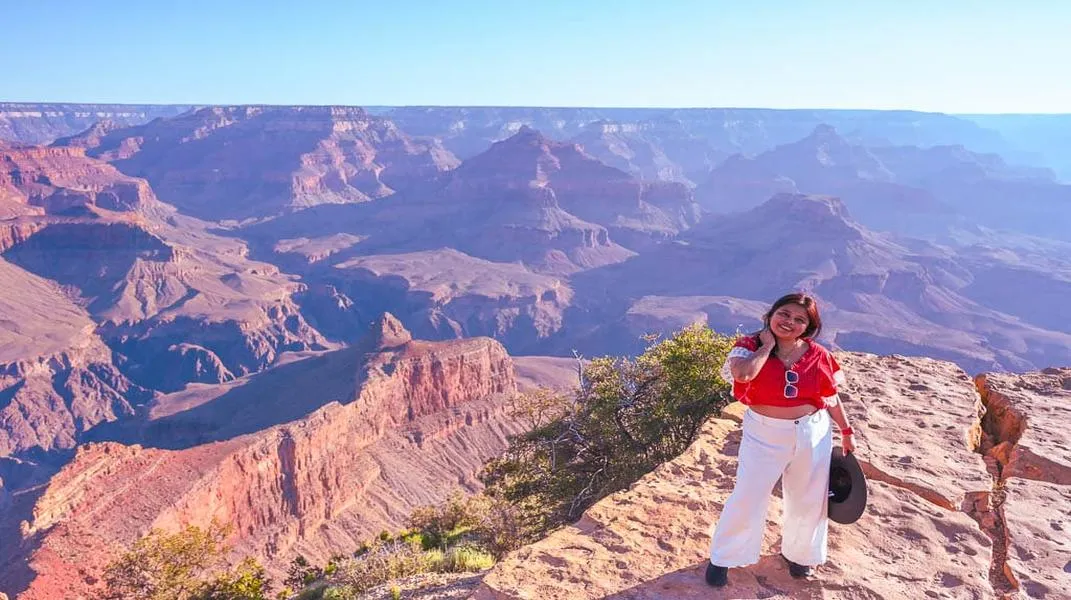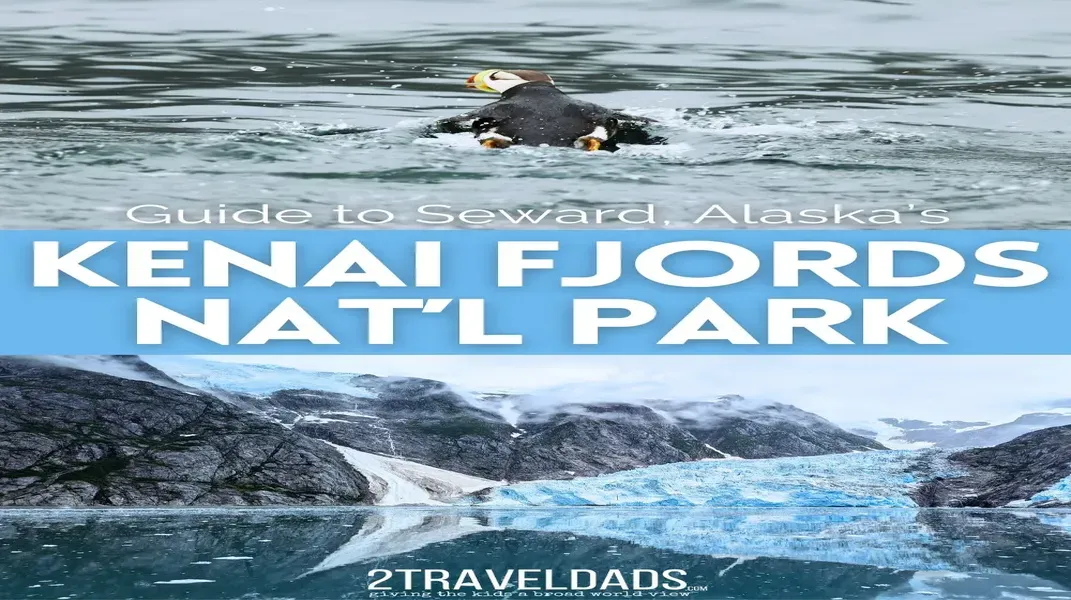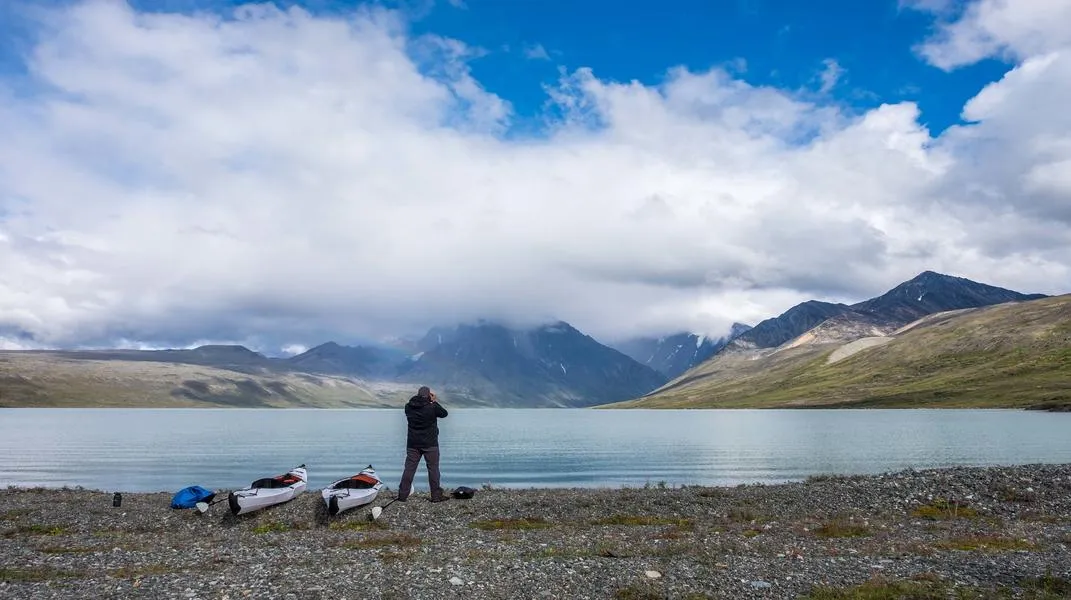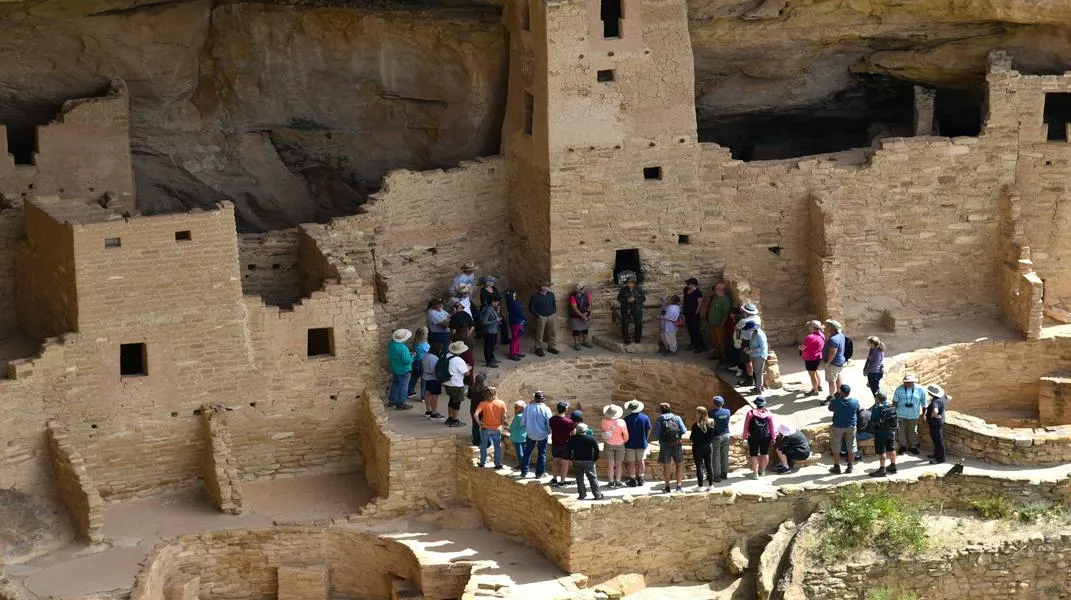Exploring Hawai'i Volcanoes National Park: A Journey Through Fire and Earth
Hawai'i Volcanoes National Park, located on the Big Island of Hawaii, is a stunning testament to the dynamic forces of nature. Established in
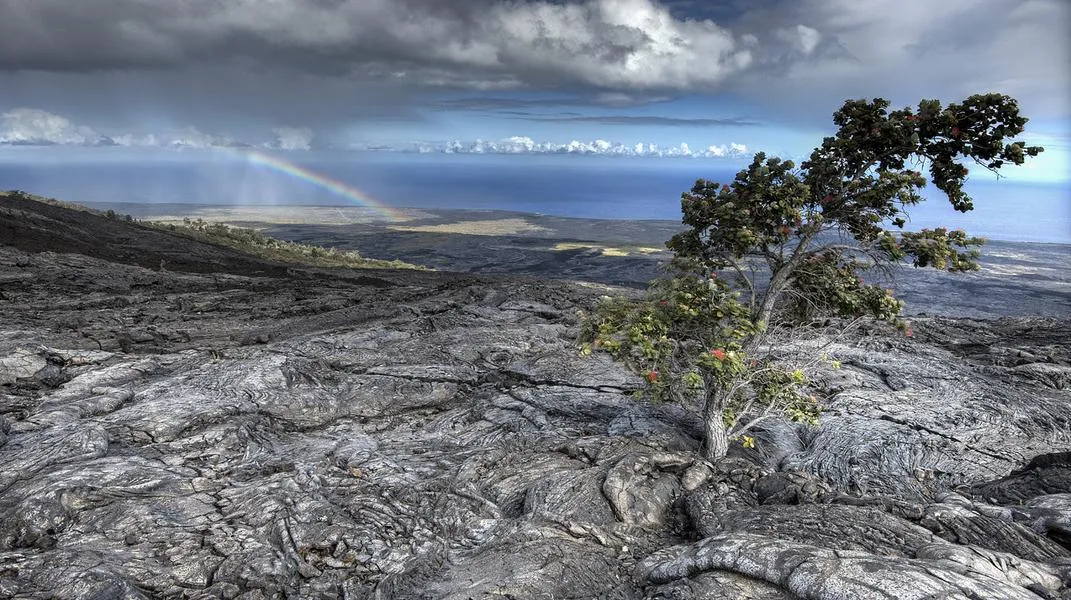
A Geological Wonderland
Kīlauea: The Heartbeat of the Park
Kīlauea is one of the most active volcanoes in the world, with its most recent eruption occurring in 2023. This shield volcano, characterized by its broad, gently sloping profile, has been erupting almost continuously since 1983. The Halema‘uma‘u Crater, located at the summit of Kīlauea, is a significant site where visitors can observe the lava lake and steam emissions that are a hallmark of volcanic activity.
Visitors often experience the thrill of witnessing volcanic phenomena, including lava flows, sulfur dioxide emissions, and the unique geological formations that result from eruptions. The park offers various viewing platforms and trails, such as the Kīlauea Overlook and the Crater Rim Drive, where you can safely observe these mesmerizing features.
Mauna Loa: The Giant Beneath
Mauna Loa, the largest volcano on Earth in terms of volume and area, is another highlight of the park. Standing at 13,681 feet above sea level, Mauna Loa is a shield volcano that last erupted in 2022. Its vast expanse makes it a unique area to explore, with diverse ecosystems ranging from tropical rainforests at lower elevations to alpine deserts near the summit.
The Mauna Loa Observatory is an important scientific site for atmospheric research, where visitors can learn about the volcano's impact on global climate and air quality. Hiking the Mauna Loa Trail to the summit offers adventurers a challenging trek with breathtaking views of the surrounding landscape.
Unique Landscape Features
The park's landscape is shaped by its volcanic activity, resulting in a variety of striking features. Notable areas include:
- Thurston Lava Tube (Nāhuku): A fascinating natural tunnel formed by flowing lava, the lava tube is an easy hike that offers a glimpse into the cooling process of lava. The tube is illuminated for visitors, creating a mystical atmosphere as you walk through the cool, dark cavern.
- Chain of Craters Road: This scenic drive takes visitors through a landscape shaped by past eruptions, showcasing dramatic lava flows and craters. The road ends at the coast, where you can see the ocean meeting the lava, creating an otherworldly sight.
- Puʻu ʻŌʻō: A prominent cinder cone formed during the 1983 eruption of Kīlauea, it provides insight into the formation of volcanic structures and is a popular hiking destination.
Flora and Fauna
Hawai'i Volcanoes National Park is also a sanctuary for unique flora and fauna. The park's diverse ecosystems harbor over 1,300 species of plants, many of which are endemic to Hawaii. You can find native Hawaiian plants like ‘ōhi‘a lehua and hāpu‘u ferns thriving in the park's forests.
Wildlife enthusiasts will appreciate the chance to observe native birds, such as the Hawaiian goose (nene) and the endangered ‘i‘iwi, as well as various insects and marine life in the coastal areas. The park is committed to protecting these species, making it a significant location for conservation efforts.
Preparing for Your Visit
A visit to Hawai'i Volcanoes National Park requires careful planning to ensure a safe and enjoyable experience. Below are essential materials and tips to help you prepare for your adventure.
Essential Gear
- Comfortable Footwear: The park features a variety of hiking trails, ranging from easy walks to strenuous hikes. Sturdy hiking boots or shoes with good traction are crucial for navigating rocky and uneven terrain.
- Clothing: Layered clothing is recommended, as temperatures can vary significantly between elevations. Lightweight, moisture-wicking fabrics are ideal for warmer areas, while a warm jacket or fleece is necessary for cooler summit conditions.
- Rain Gear: Rain is common in the park, especially in higher elevations. A waterproof jacket or poncho will keep you dry during unexpected showers.
- Sun Protection: The Hawaiian sun can be intense, so pack sunscreen, sunglasses, and a wide-brimmed hat to protect yourself from UV rays.
- Backpack: A comfortable backpack is essential for carrying your gear, snacks, and water during hikes. Ensure it is large enough to accommodate all your necessities.
- Water and Snacks: Hydration is crucial, especially when hiking. Carry enough water for your entire trip, and pack high-energy snacks like granola bars, nuts, or dried fruit for quick energy boosts.
- Navigation Tools: While the park is well-marked, having a map or a GPS device can help you find your way. Downloading offline maps or park apps can be particularly helpful in areas with poor cell service.
- First Aid Kit: Accidents can happen, so having a small first aid kit with basic supplies, such as band-aids, antiseptic wipes, and pain relievers, is wise.
Plan Your Itinerary
Before embarking on your adventure, take time to plan your itinerary based on your interests and fitness levels. Here are some suggestions for must-see attractions and activities:
- Visitor Centers: Start your visit at the Kīlauea Visitor Center, where park rangers can provide valuable information, maps, and updates on volcanic activity. The center also features informative exhibits about the park's geology, ecosystems, and cultural significance.
- Hiking Trails: Choose hiking trails that suit your ability and interests. Some popular options include:
- Kīlauea Iki Trail: A moderate 4-mile loop that descends into a volcanic crater and traverses a hardened lava lake.
- Mauna Loa Trail: A challenging 14-mile round trip to the summit, offering stunning views but requiring good fitness and preparation.
- Devastation Trail: An easy 1-mile walk that showcases the effects of the 1959 eruption on the landscape.
- Cultural Sites: Learn about the cultural significance of the area by visiting sites like the Pu‘u Loa Petroglyphs, where ancient Hawaiian rock carvings can be found.
- Nighttime Viewing: If possible, plan to witness the park after dark. The glow from Kīlauea's lava lake is a breathtaking spectacle, and the stars above Hawaii's clear skies provide a stunning backdrop.
Safety Considerations
Safety is paramount when visiting a national park, especially one with active volcanic features. Here are some important safety tips:
- Follow Park Regulations: Always adhere to park rules, including staying on designated trails and respecting closed areas. Active volcanic sites can be hazardous, with potential for sudden eruptions or toxic gases.
- Stay Informed: Check the park's website or visitor center for current volcanic activity updates, trail conditions, and any safety advisories.
- Know Your Limits: Choose hikes and activities that match your fitness level and experience. If you’re unsure, consult with park rangers for recommendations.
- Be Aware of Changes in Weather: Weather conditions can change rapidly in the park. Stay alert and be prepared to adjust your plans if necessary.
- Wildlife Encounters: While the park is home to many fascinating species, keep a safe distance from wildlife and do not feed or approach them.
Conclusion
Hawai'i Volcanoes National Park is a remarkable destination that offers a unique combination of natural beauty, scientific intrigue, and cultural significance. With its active volcanoes, diverse ecosystems, and stunning landscapes, it's a place that captivates the imagination and inspires a deep appreciation for the power of nature.
By preparing adequately and respecting the park's regulations, visitors can enjoy an unforgettable experience in this extraordinary environment. Whether you’re hiking through lush rainforests, witnessing the glow of flowing lava, or simply soaking in the breathtaking views, a visit to Hawai'i Volcanoes National Park is sure to leave an indelible mark on your heart and mind. So pack your bags, lace up your hiking boots, and embark on a journey into the fiery heart of Hawaii.

